
Three years ago a Professor from Sydney University published a paper which she claimed exonerated sugar as a cause of obesity in Australia. It has been widely promoted by the processed food industry. But from the very beginning it was obvious that there were serious problems with both the evidence relied upon and the conclusions reached. So far the University has failed to remove the paper and continues to drag its feet. Why?
In May 2010, the DAA (Dietitians Association of Australia) announced that Dr Alan Barclay, Head of Research at the Australian Diabetes Council had discovered that sugar could not be blamed for Australia’s obesity crisis.
‘Much to everyone’s surprise, it looks as if, unlike in the US, sugar is not the culprit here – or in the UK or Japan,’ said Dr Barclay while commenting on the study he had just completed with co-researcher Alicia Sims. He based this conclusion on his discovery that consumption of sugar had declined by ‘nearly 20 per cent’ since the early 1970s.
After this, the research was frequently wheeled out to rebut anyone who dared to suggest that sugar may indeed be the culprit. One example appeared in the Sydney Morning Herald in July 2010 when one of my books about the dangers of sugar was critiqued by Jennie Brand-Miller a professor of human nutrition at the University of Sydney.
Brand-Miller argued that Australia’s consumption of sugar has ‘actually decreased by about 23 per cent over the past 30 years. That to me blows David Gillespie’s hypothesis out of the window,’ she said.
Brand-Miller was apparently so impressed by Barclay’s findings on sugar consumption that she became the lead author of the paper by the time it was eventually published in 2011.
The paper on Australia’s paradoxical decline in sugar consumption (paradoxical because elsewhere in the world sugar and obesity rise together but here apparently they don’t) finally saw the light of day in a little known online-only journal called nutrients. Brand-Miller was the guest editor for the issue in which the paper appeared.
As you might expect, those with a buck to make from flogging sugar have leapt upon the (now published) paper with glee.
When the AFGC (Australia’s peak processed food lobby group) argued against a change to the Healthy eating guidelines which would restrict sugar consumption, they relied on the paper. When Kellogg’s wants to convince us that the sugar content of Breakfast cereal is not a problem, they rely on the paper. When Pepsico, Coca-cola or the Australian Beverages Council want to convince us that sugar doesn’t cause diabetes or obesity they rely on the paper. And of course the US, Canadian and Australian sugar associations cite it regularly.
Perhaps a little more surprisingly both the DAA and the National Heart Foundation have, in the past, also relied heavily on the paper’s findings to combat any suggestion that sugar consumption is a serious cause for concern.
Very early on, the constant assertion of the existence of an Australian Sugar Paradox happened to catch the eye of a former Reserve Bank economist, Rory Robertson. He had spent most of his life studying economic data and charts – including on commodity consumption and production – and the statement that Australia is eating less sugar now than it did in the 1970s just didn’t ring true. He made a few calls and quickly discovered that some of the data used by the paper was, to put it bluntly, made up (by the FAO – the United Nations Food and Agriculture organisation). It seemed that was necessary because the Australian Bureau of Statistics no longer collected information about sugar consumption, but the FAO still needed to produce a sugar consumption report.
Alerted to the possibility that there were serious problems with the paper, Robertson dug further and began to discover glaring errors and other concerns. For example a graph which showed a 30% increase in sugary drink consumption was described by the authors as showing a 10% decline. And both Brand-Miller and Barclay had failed to mention that the ‘not for profit food endorsement program’ (disclosed in the paper), with which they are both involved, receives payments from CSR (a large retail sugar vendor) and other companies selling foods high in sugar. I’m sure those payments didn’t influence Brand-Miller and Barclay’s research at all but the potential for conflict should have been disclosed.
Robertson raised his concerns with the authors and the journal to no avail. Frustrated by the refusal to acknowledge obvious errors, in March 2012, he contacted Sydney University’s Deputy Vice Chancellor, Research, Dr Jill Trewhella. He was swiftly told that his complaints were ‘potentially defamatory’ and that the best avenue of redress was to publish a paper of his own.
Robertson decided instead to campaign to have the paper removed from the public record. His logic was simple. The paper may be error riddled and published in an obscure online-only journal but it punches way above its weight. It is used extensively to undermine any suggestion that sugar consumption is dangerous and it lends the hard won credibility of Sydney University (and the Diabetes Council of Australia) to its clearly inappropriate claims. He felt that simply rebutting it in a journal would not stop it doing harm. It needed to be expunged from the academic record.
Rory is nothing if not persistent. And it appears that Dr Trewhella is finally acting on his concerns. In November 2013, she announced that she had appointed an investigator to ‘conduct an initial inquiry’ the aim of which is to determine if ‘a prima facie case has been established’ in relation to Rory’s complaints.
But now more than 10 weeks have passed and there is still no word from Sydney University as to the outcome of its investigation. It shouldn’t be that hard. The Paradox paper contains obvious errors (such as the 10% increase debacle discussed above) which go to the core of its claim of decreasing sugar consumption. And at least one of those errors has been acknowledged as recently as last Sunday by Brand-Miller in response to questioning by ABC Background Briefing reporter Wendy Carlisle.
But something else makes the investigator’s task even easier. A peer reviewed paper has been published by the University of Western Australia which explicitly states that having analysed the paper and its conclusions, there is no Australian Paradox (because Australian sugar consumption is ‘substantially increasing’). It couldn’t be more black and white if it were a Zebra.
The Australian Paradox paper is, at best, incompetent. There is no justification for its continued existence. Every day that it remains on the public record, it is being used as ammunition by the processed food industry, Sydney University’s reputation as a premier university is being tarnished and the science of human nutrition is being ridiculed.
It’s time for the University to stop pussy-footing around and do what needs to be done. Retract the paper. Prolonging the embarrassment does not make it less embarrassing.
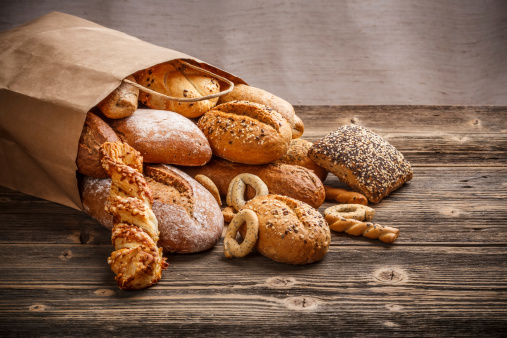
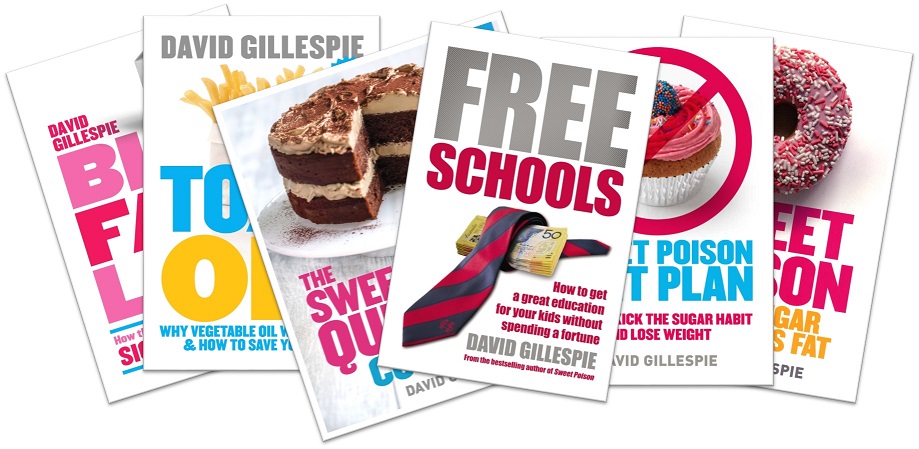

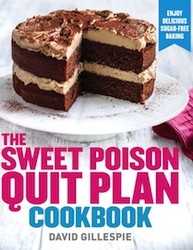
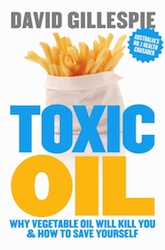
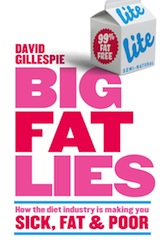
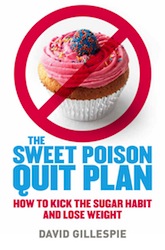
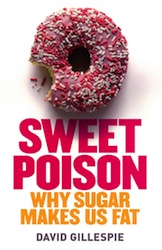
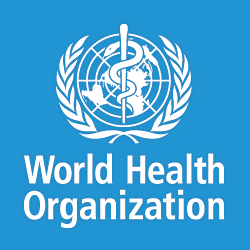


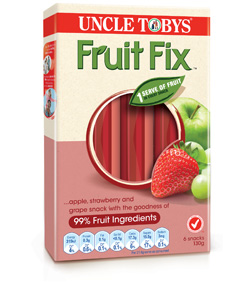
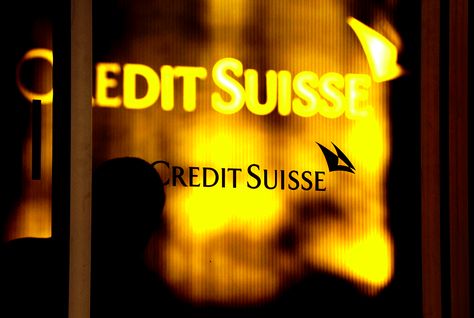
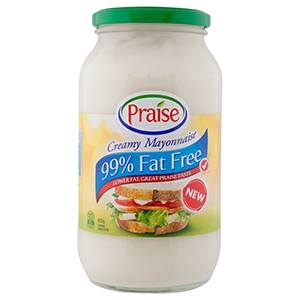
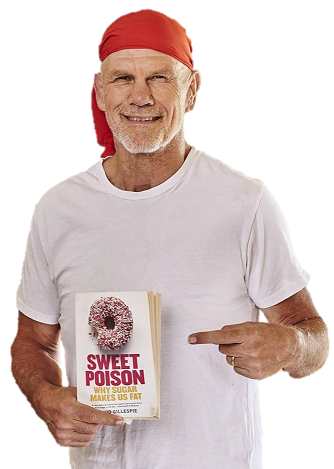
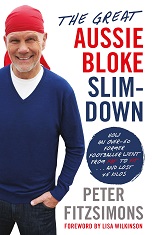




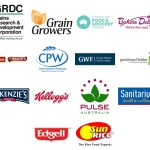





Recent Comments